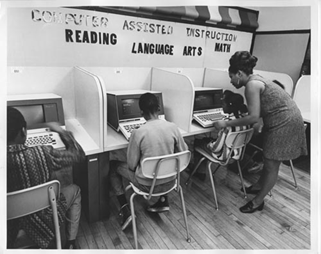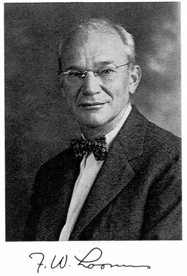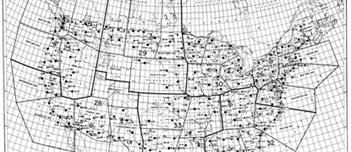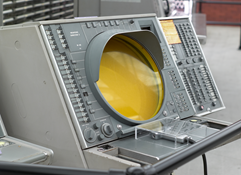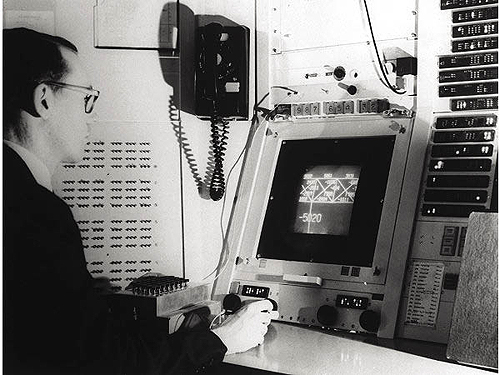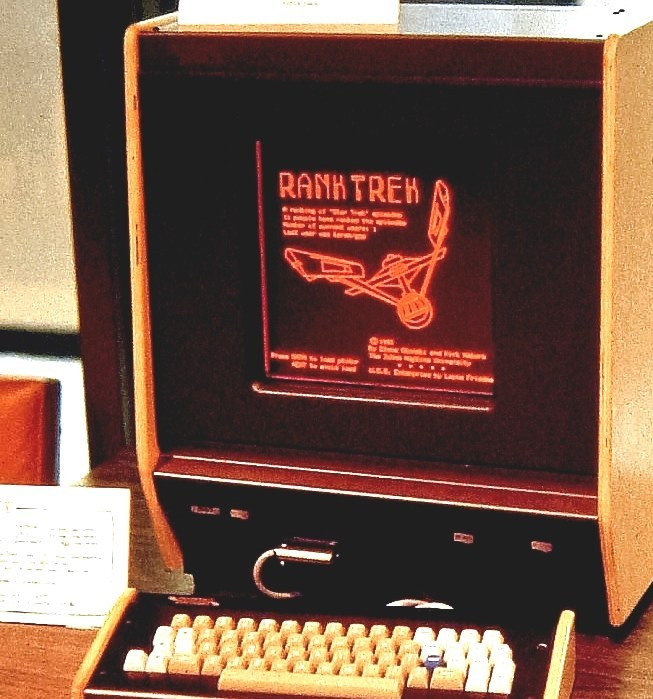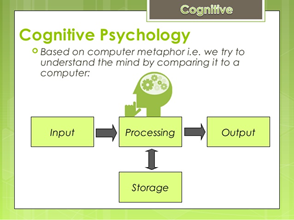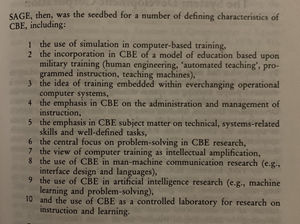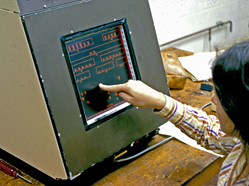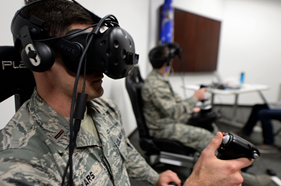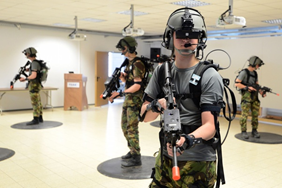On the military history of postwar ed-tech
Douglas Noble’s The Classroom Arsenal (1991) documents & interprets the influence of military research and development on the direction of postwar US educational technology and practice. Thought I’d share some stuff from it.
Douglas Noble’s The Classroom Arsenal (1991) documents & interprets the influence of military research and development on the direction of postwar US educational technology and practice. Thought I’d share some stuff from it.
The book provides some detailed historical context to the ongoing marriage between military research, private tech surveillance & AI infrastructures. All of which are designed as tools for the long game of social warfare & behavioral control of the masses
The 1980s saw a major shift toward “computer literacy” as a high priority in education. Of course this wasn’t a natural process, it was deliberately pushed to serve not just commercial & professional interests but military prerogatives too
A formidable military presence looms behind many key civilian educational initiatives in the postwar era.
Imperialist military research has been an especially pivotal player in advancing computer-based education (CBE) in a number of ways
Imperialist military research has been an especially pivotal player in advancing computer-based education (CBE) in a number of ways
Some of that influence is indirect.
E.g., as postwar education became increasingly viewed in terms of its contribution to the viability of the US economy, so the military prerogatives that shaped economic & technological policy began shaping educational policy too
E.g., as postwar education became increasingly viewed in terms of its contribution to the viability of the US economy, so the military prerogatives that shaped economic & technological policy began shaping educational policy too
By 1987, 70% of all civilian academic research in computer science was being straight-up funded by the Dept of Defense. DARPA remains the primary sponsor of the entire fields of computer science and AI
https://www.fabernovel.com/en/article/economy/8-facts-about-ai-research-funding">https://www.fabernovel.com/en/articl...
https://www.fabernovel.com/en/article/economy/8-facts-about-ai-research-funding">https://www.fabernovel.com/en/articl...
During both world wars, public schools & unis were transformed into military training sites. Their use for scientific R&D continues today.
Krinsky chronicled ‘the militarization of higher education’ in his research on the 1982 DoD-Higher Education Forum https://journals.sagepub.com/doi/abs/10.1177/096701068801900104">https://journals.sagepub.com/doi/abs/1...
Krinsky chronicled ‘the militarization of higher education’ in his research on the 1982 DoD-Higher Education Forum https://journals.sagepub.com/doi/abs/10.1177/096701068801900104">https://journals.sagepub.com/doi/abs/1...
Post-Sputnik (1957), an ideology of military preparedness & permanent vigilance for national security gripped the nation’s schools.
Journalist W. Lippmann warned in 1954, “we must measure our educational effort as we do our military effort”
Journalist W. Lippmann warned in 1954, “we must measure our educational effort as we do our military effort”
More directly: the & #39;competency-based education& #39; movement began in the 70s & emerged from wartime military training.
Growing emphasis on individualization, time efficiency & task analysis in public education is directly attributable to the influence of wartime training methods.
Growing emphasis on individualization, time efficiency & task analysis in public education is directly attributable to the influence of wartime training methods.
Noble shows direct connections b/t technologies of education & military training contexts they emerged from.
“Lost in demilitarized histories of ed-tech are potential lessons from the past concerning the effects of military training solutions on civilian educational problems"
“Lost in demilitarized histories of ed-tech are potential lessons from the past concerning the effects of military training solutions on civilian educational problems"
Several key players in wartime military training psychology research later became successful promoters of military techniques in public education
These include Robert Glaser, promoter of standardized tests that became the norm for the federal government
https://www.nytimes.com/2012/02/16/us/robert-glaser-cognitive-psychologist-and-expert-on-student-testing-dies-at-91.html">https://www.nytimes.com/2012/02/1...
These include Robert Glaser, promoter of standardized tests that became the norm for the federal government
https://www.nytimes.com/2012/02/16/us/robert-glaser-cognitive-psychologist-and-expert-on-student-testing-dies-at-91.html">https://www.nytimes.com/2012/02/1...
Glaser was the student of famed psychologist B.F. Skinner, the radical behaviorist who promoted the idea of control through positive reinforcement
Skinner developed early teaching machines, token economies, pigeon-guided missiles for the US Navy, etc.
https://en.wikipedia.org/wiki/B._F._Skinner">https://en.wikipedia.org/wiki/B._F...
Skinner developed early teaching machines, token economies, pigeon-guided missiles for the US Navy, etc.
https://en.wikipedia.org/wiki/B._F._Skinner">https://en.wikipedia.org/wiki/B._F...
Robert Gagne, author of Conditions of Learning (1965), pioneered WWII science of instruction, training pilots with the Army Air Corps, & he applied concepts of instructional theory to the design of computer-based training & ‘multimedia-based learning’
https://www.encyclopedia.com/history/encyclopedias-almanacs-transcripts-and-maps/robert-mills-gagne">https://www.encyclopedia.com/history/e...
https://www.encyclopedia.com/history/encyclopedias-almanacs-transcripts-and-maps/robert-mills-gagne">https://www.encyclopedia.com/history/e...
Another influential psychologist in this area was Dr. John C. Flanagan, who devised aptitude tests to help select American pilots in WWII and then later adapted his testing techniques to public education
https://www.nytimes.com/1996/04/28/us/john-flanagan-90-psychologist-who-devised-pilot-aptitude-test.html">https://www.nytimes.com/1996/04/2...
https://www.nytimes.com/1996/04/28/us/john-flanagan-90-psychologist-who-devised-pilot-aptitude-test.html">https://www.nytimes.com/1996/04/2...
The earliest developments in computer-based education in the late 1950s all happened within the context of military research on human performance in computer-based systems, primarily air defense systems
IBM ran the first CBE research program circa 1957.
The team was led by Gustave Rath, interesting figure who was raised in Havana & Buenos Aires & whose dad worked for US Steel. Rath went to MIT & did engineering research for the Army in Dayton https://www.chicagotribune.com/news/ct-xpm-2004-03-27-0403270135-story.html">https://www.chicagotribune.com/news/ct-x...
The team was led by Gustave Rath, interesting figure who was raised in Havana & Buenos Aires & whose dad worked for US Steel. Rath went to MIT & did engineering research for the Army in Dayton https://www.chicagotribune.com/news/ct-xpm-2004-03-27-0403270135-story.html">https://www.chicagotribune.com/news/ct-x...
Rath eventually left the Army and “had all of this science background, and I think he wanted to find a way to apply it to people," said his wife. "He wanted to understand how humans work within the system."
So Rath went into academia, teaching ergonomics & industrial psychology
So Rath went into academia, teaching ergonomics & industrial psychology
Dr. Rath taught & developed many courses on how to make people more productive in the workplace.
In his later years, he got really into in human resource organization of churches & wrote a whole book on it, "Benchmarks of Quality in the Church” https://abs.twimg.com/emoji/v2/... draggable="false" alt="🤷♂️" title="Achselzuckender Mann" aria-label="Emoji: Achselzuckender Mann">
https://abs.twimg.com/emoji/v2/... draggable="false" alt="🤷♂️" title="Achselzuckender Mann" aria-label="Emoji: Achselzuckender Mann">
In his later years, he got really into in human resource organization of churches & wrote a whole book on it, "Benchmarks of Quality in the Church”
Anyway, in 1967, a decade after he headed IBM’s first CBE research group, Dr. Rath penned an article on the origins of computer-assisted instruction. In it, he discusses pioneering research in a number of locations.
I’ll just talk about one & then wrap this up
I’ll just talk about one & then wrap this up
The Semi-Automatic Ground Environment (SAGE) System was the first large-scale US air defense system, established in the wake of the USSR’s first nuclear test & outbreak of the Korean War, 1950.
It was a boon to the fledging computer sciences. https://www.ll.mit.edu/about/history/sage-semi-automatic-ground-environment-air-defense-system">https://www.ll.mit.edu/about/his...
It was a boon to the fledging computer sciences. https://www.ll.mit.edu/about/history/sage-semi-automatic-ground-environment-air-defense-system">https://www.ll.mit.edu/about/his...
SAGE was the outcome of Project Charles at MIT (Truman& #39;s air defense study headed by F.W. Loomis that included many veterans of the Manhattan Project).
It was a vast continental $2 billion defense system w/ early-warning radar & networked computers etc.
https://www.nap.edu/read/6061/chapter/9">https://www.nap.edu/read/6061...
It was a vast continental $2 billion defense system w/ early-warning radar & networked computers etc.
https://www.nap.edu/read/6061/chapter/9">https://www.nap.edu/read/6061...
The SAGE System’s technological advances included development of core memory, digital communication over phone lines, time sharing, keyboard input, the light gun and the first graphic computer displays https://www.youtube.com/watch?v=06drBN8nlWg">https://www.youtube.com/watch...
Systems Research Lab at RAND Corp did the ‘systems training’ for SAGE.
They did behavorial studies using computers to make radar blips - the first-ever digital visual symbol generation.
The very first experiments in computer-based training took place here.
They did behavorial studies using computers to make radar blips - the first-ever digital visual symbol generation.
The very first experiments in computer-based training took place here.
SRL’s goal was to understand & improve man-machine systems, i.e. vast, complex, finely-tuned, high performance human/electronic information systems, in which training & ‘human factors’ psychology were critical (info processing, decision-making, etc.) to inform instrument design
Computer-based education in this context was fundamental to solving human factors problems for the man-machine interface.
SAGE pioneered work in ‘embedded training’, i.e. making user-friendly interfaces to train users on a system (e.g. a photocopier, or a tank..) with help menus, instructions etc, for a workforce that now had to be constantly retooled in a process of continual learning & updating
At SAGE, as military info systems improved, CBE training systems became a lab for investigations in decision-making & problem-solving - for collection of data on human intellectual functioning, which became the theoretical basis of cognitive psychology
CBE began, then, not simply as the application of a new medium to education, but as an array of human engineering initiatives stemming from development of military man-machine systems and models of training
Noble goes on to examine these developments at other early locations: the Air Force’s System Development Corp; the PLATO System at U of Illinois, the IBM Research Centre and the most significant player in CBE research in its first decades, Bolt, Baranek & Newman (BBN)
BBN (Raytheon) was founded in 1948 by MIT profs involved in WWII military acoustics research & psychology of noise perception. With DARPA funding BBN created ARPANET & developed CBE whose stated ultimate purpose was "computer augmentation of human reasoning"
Today, public education’s obsession w/ ‘thinking skills’ & ‘problem solving’ & applications of cognitive research can be understood through the legacy of military CBE research, more than in the ubiquitous but irrelevant computer activities of schoolchildren
The impact of CBE on education has led only to “further fragmentation, decontextualization & depersonalization of education” in “a wilful disinheritance from the web of cultural & historical meanings that make up the lived world... an alienation.. a distancing…”
The military history of CBE represents a thoroughgoing decontextualization of education & learning, of the learner & the lived world, and subjects them all to a systematic form of techno-fascist slavery.
For Nobel, this system educates two classes into a militarized ‘human resources’ landscape: the vast majority serve as human components for the information age, and a select few become clones of the researchers themselves: chiefly scientists & ‘epistemologists’
Educators have not only acquiesced in the prerogatives of military research, they have aligned their goals with those of a ‘high tech’ corporate economy that has always itself been the inheritor of military technological imperatives.
Anyway, thinking about all this as my kid’s school moves to at-home virtual learning this week.
Interesting background as we seek to rescue education from the influence of the ruling class.
Interesting background as we seek to rescue education from the influence of the ruling class.
“The final difficulty that must be faced in the attempt to integrate the science of learning & the technology of education is that of gaining access to children of school age for experimental investigations.”
- AW Melton, Director, Air Force Personnel & Training Research (1959)
- AW Melton, Director, Air Force Personnel & Training Research (1959)

 Read on Twitter
Read on Twitter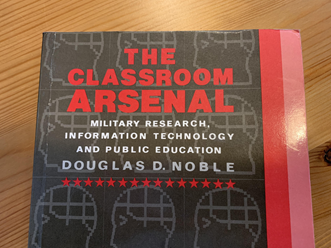
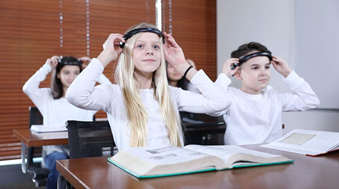

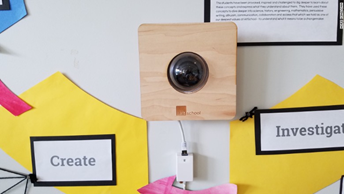


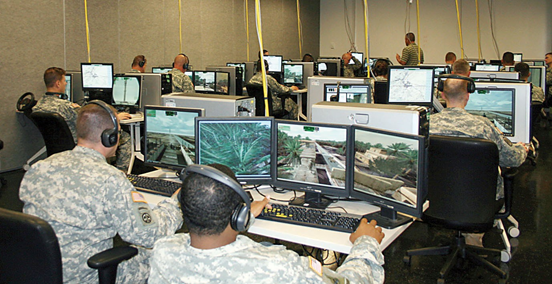




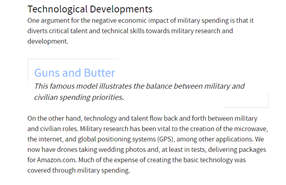


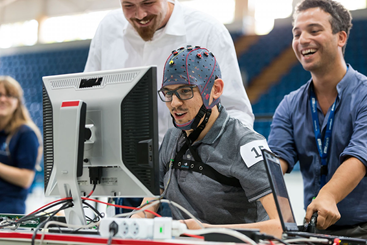
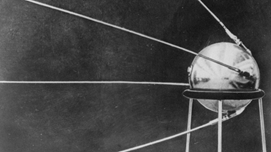
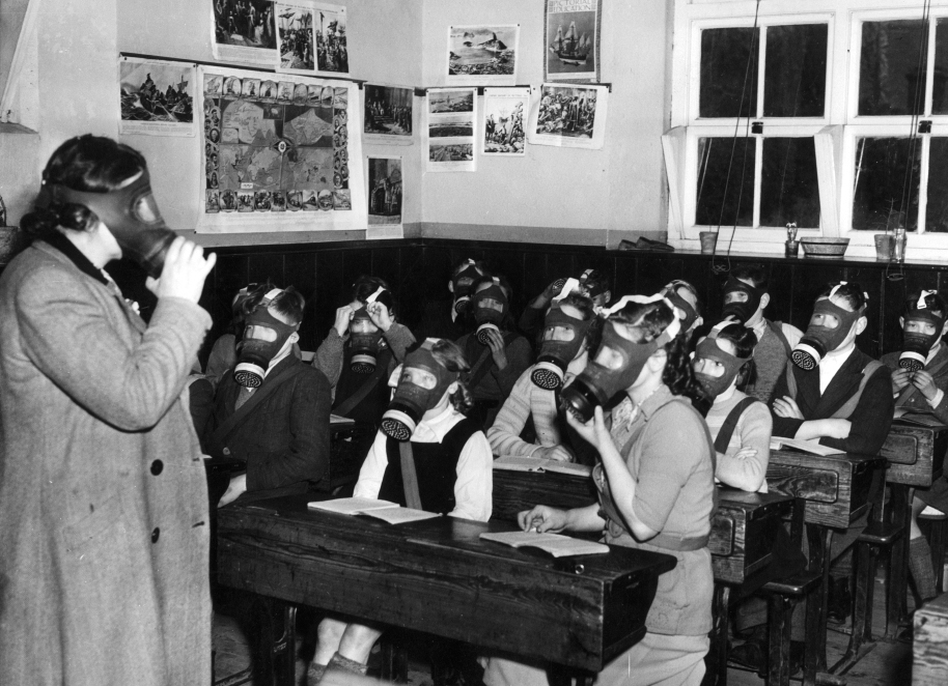

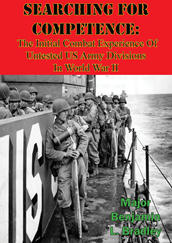







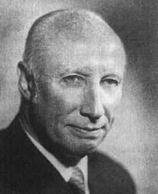
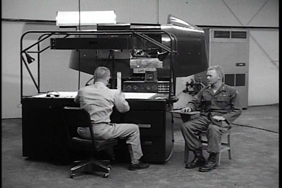
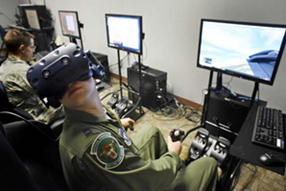
 " title="Dr. Rath taught & developed many courses on how to make people more productive in the workplace. In his later years, he got really into in human resource organization of churches & wrote a whole book on it, "Benchmarks of Quality in the Church” https://abs.twimg.com/emoji/v2/... draggable="false" alt="🤷♂️" title="Achselzuckender Mann" aria-label="Emoji: Achselzuckender Mann">" class="img-responsive" style="max-width:100%;"/>
" title="Dr. Rath taught & developed many courses on how to make people more productive in the workplace. In his later years, he got really into in human resource organization of churches & wrote a whole book on it, "Benchmarks of Quality in the Church” https://abs.twimg.com/emoji/v2/... draggable="false" alt="🤷♂️" title="Achselzuckender Mann" aria-label="Emoji: Achselzuckender Mann">" class="img-responsive" style="max-width:100%;"/>
